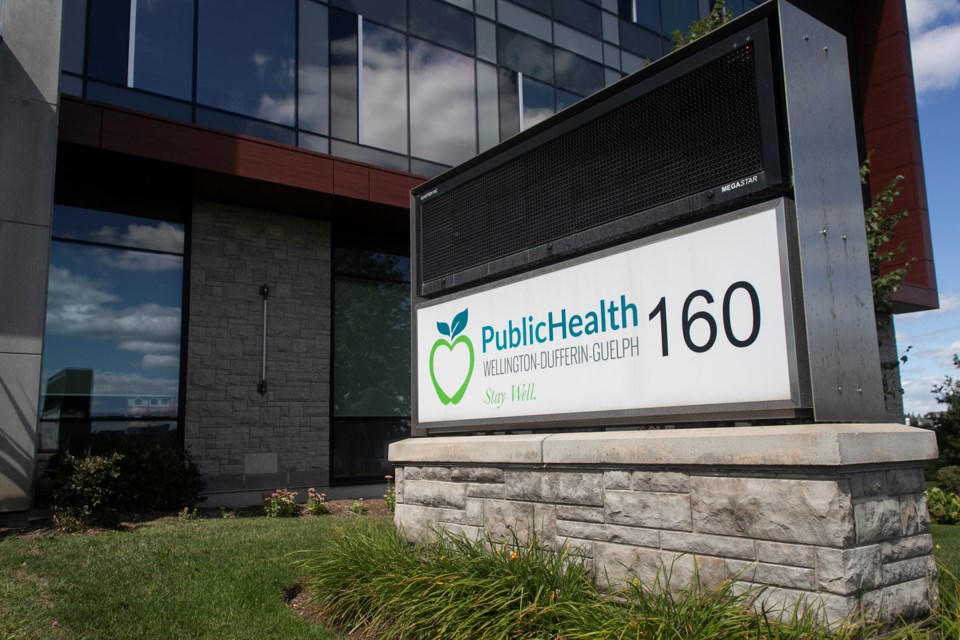Numbers released by Wellington-Dufferin-Guelph Public Health (WDGPH) show COVID-19 has disproportionately impacted people of colour in the region.
Despite making up only 11 per cent of the total population, “visible minorities” — a term used by Statistics Canada for non-white, non-Indigenous people — account for 35 per cent of people who tested positive for COVID-19 and provided information about their race in Wellington-Dufferin-Guelph in 2020.
The information is contained in WDGPH’s 2020 Community Report and is consistent with provincial data that shows the most ethno-culturally diverse neighbourhoods in Ontario experienced COVID-19 infection rates three times higher than the least diverse neighbourhoods.
Muhammed Sayyed, President of the Muslim Society of Guelph said those figures aren't surprising, given the proportion of frontline workers who are people of colour, particularly new immigrants.
“Racialized communities are more at risk because of living and work conditions,” Sayyed said.
In his immediate family Sayyed said he can count five nurses. And people of colour fill many other high-risk roles deemed essential during the pandemic like personal support workers, delivery drivers, and restaurant, retail and factory workers, he continued.
Many of these jobs, particularly in the manufacturing sector, lack sick days and benefits and most people can’t afford to take time off to go to the doctor or to stay home if they feel unwell, Sayyed said.
At a certain point during the pandemic the Muslim community centre requested congregation members who worked at the Cargill not attend prayers because of the number of outbreaks at the meat processing facility, Sayyed said.
“Cargill never shut down,” he said. “So if employers just keep looking at profitability this is what’s going to happen.”
Paid sick days and safer work environments are essential to minimize the risk of transmission at work, he said.
“The government and relevant authorities should step up to protect frontline workers because they’ve been sacrificing for the greater good of Canada and yet they’re not getting their fair share,” Sayyed said.
Anna Vanderlaan, WDGPH emergency information officer says there’s a number of factors behind the higher rates of COVID among people of colour and systemic racism plays a large role.
“Systemic racism has had a profound impact in many different ways, we see it all across healthcare so we wouldn’t necessarily expect COVID-19 to be any different unfortunately,” she said.
People who experience racism are more likely to experience higher rates of poverty, precarious and underemployment, and systemic disadvantages within housing, education and public health systems all of which lead to worse health outcomes, the report stated.
Vanderlaan says having data race-based data helps WDGPH better understand the factors shaping the health of local communities and address barriers. Neighbourhood-based information was also used to target vaccination efforts to specific areas with high rates of COVID-19.
